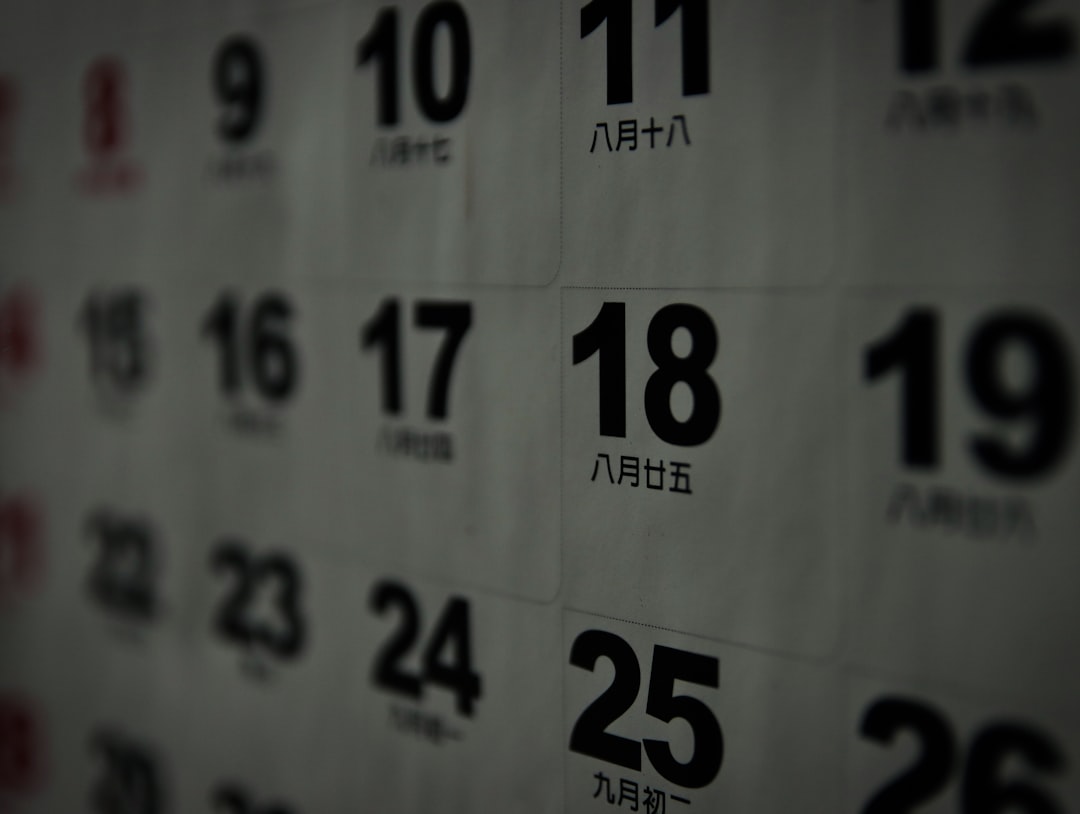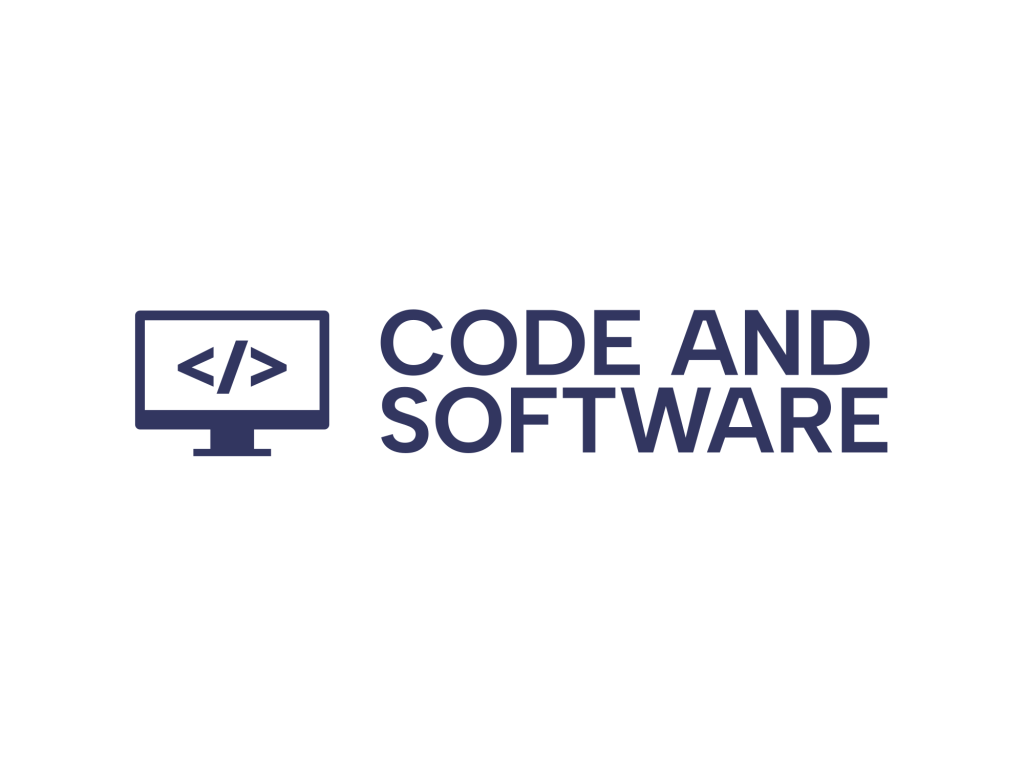In the popular mobile game Umamusume: Pretty Derby, players guide anthropomorphized racehorses known as “Uma Musume” through intense training and a demanding racing schedule. One of the points that frequently puzzles new players is the limited number of turns—often just two turns—that they have between races, especially in the later stages of the training. This leads to strategic dilemmas: should you rest, train, or do a skill development activity in that short timeframe?
Understanding why there are only two turns before the next race in Umamusume involves a deeper look at the game’s design structure, character development mechanics, and the core gameplay loop. Let’s dive into the intricacies of how races are scheduled and why this time limitation exists.
The Structured Nature of Training in Umamusume
Umamusume simulates the life of a racehorse by organizing a training timeline that mimics a real racing career. This structure is broken down into several key phases:
- Junior Class – Start of training with beginner races.
- Classic Class – Intermediate development and more competitive races.
- Senior Class – High-stakes racing and final development opportunities.
Each phase contains a calendar of race events, typically scheduled on fixed dates. This linearity of time is one way the game creates realistic pressure. As the characters advance through their training, time becomes more constrained, demanding smarter decision-making from the player.
The period between races—often reduced to just two turns—is not an arbitrary design choice but a calculated part of the game’s difficulty curve. This challenge is meant to reflect a balance between preparation time and performance, while also offering compelling gameplay tension.
Why Only Two Turns?
So why just two turns? There are several strategic and design-related reasons behind this limitation:
1. Emulating Real-world Racing Conditions
In real-world racing, horses don’t have weeks or months to prepare between every single race, especially second-tier or scheduled events. The two-turn setup injects a sense of realism and urgency, requiring quick decisions like:
- Should you prioritize rest, especially if your stamina is low?
- Should you squeeze in one last training to improve a weak stat?
- Is it better to max out bond levels with a support card through a team activity?

This facet of realism is crucial in cultivating the simulation aspect of the game, and fans appreciate that the game rewards well-thought-out micro-decisions.
2. Encouraging Unique Training Routes
The game offers multiple pathways to develop a character’s stats—speed, stamina, power, guts, and intelligence. A longer period between races would allow players to train more broadly without facing as many trade-offs. Restricting the time to just two turns forces players to focus and specialize, which leads to more distinct builds.
This way, no two games—with the same Uma Musume—play out the same. A player who manages time poorly may arrive at a race unprepared, while one who plans well will enjoy a competitive advantage. By including time pressure, Umamusume enhances gameplay complexity without overloading the player with too many options.
3. Strategic Resource Management
The limited time window amplifies the importance of other game features like:
- Support Cards: Choose wisely to ensure you maximize benefits during your constrained training time.
- Healing and Resting Mechanics: Know when to skip a training to avoid degrading performance due to poor condition.
- Skill Point Accumulation: With fewer turns, gathering points for useful skills becomes a game within a game.
In essence, two turns force you to weigh every decision, as each action carries significant opportunity costs.
The Gameplay Loop and Time Compression
Another reason for the two-turn mechanic is the game’s overarching gameplay loop. Each training session consists of dozens of turns, and players often complete multiple cycles to develop different characters. Introducing longer intervals between races would stretch the gameplay excessively, making each session feel bloated and tedious.
Umamusume is designed to provide fast decision-making opportunities that keep the pace lively, especially for mobile players who are engaging in short bursts of gaming throughout the day. Thus, compressing time with two-turn gaps ensures faster progression and more immediate engagement.
The Role of Scheduled Races
Many of the races your Uma Musume competes in are set in stone—”mandatory” within the narrative training story. These scheduled events are synchronized across characters to maintain uniform difficulty and peak moments. Therefore, the game needs to fit various races into a limited calendar without overly extending the time frame of a training campaign.
The result is a jam-packed schedule of relatively close-together races, especially during the middle and final third of the training. When you see “2 turns before the next race,” it’s a clue: the game is syncing up with its internal timeline of milestone events. While it may feel frustrating, it forces meaningful prioritization—precisely the kind of challenge a simulation manager game should provide.

How to Deal With the 2-Turn Interval
Facing a race in just two turns? Here are some effective strategies to make the most out of that precious time:
- Use “Rest” Wisely: If your character’s condition has dipped below “Good,” and training success rates are beginning to drop, resting is the safest and most effective play.
- Check the Forecast: Sometimes, the effectiveness of training may vary based on day conditions or special events. Make use of these bonuses if available.
- Train Weak Stats: Don’t ignore a neglected skill like intelligence or guts. A last-minute boost might save your odds during the actual race.
Should the Game Offer More Turns?
It may be tempting to think adding more turns would improve the game. However, many veteran players argue that the limitation is a feature, not a flaw. It’s what makes victory so satisfying. Managing recovery, progression, and strategy under pressure is exactly what gives Umamusume its depth and replayability.
Moreover, regular updates and character events introduce new variables, buffing or nerfing certain training procedures. These keep the formula fresh while retaining the same basic framework.
Final Thoughts
Ultimately, the two-turn interval before races in Umamusume: Pretty Derby isn’t a matter of randomness or poor balancing. It’s a deliberate and thoughtful mechanic aimed at enhancing strategic depth, maintaining pacing, and replicating the real-world intensity of competitive racing careers.
Instead of seeing it as a restriction, consider it an invitation to master a core element of the game. Like a real coach managing a rising sports star, your success depends not just on what you do, but when you do it. And in the end, that pressure adds to the thrill of seeing your carefully trained Uma Musume win the race of her life.


